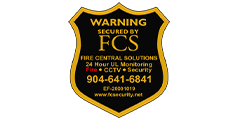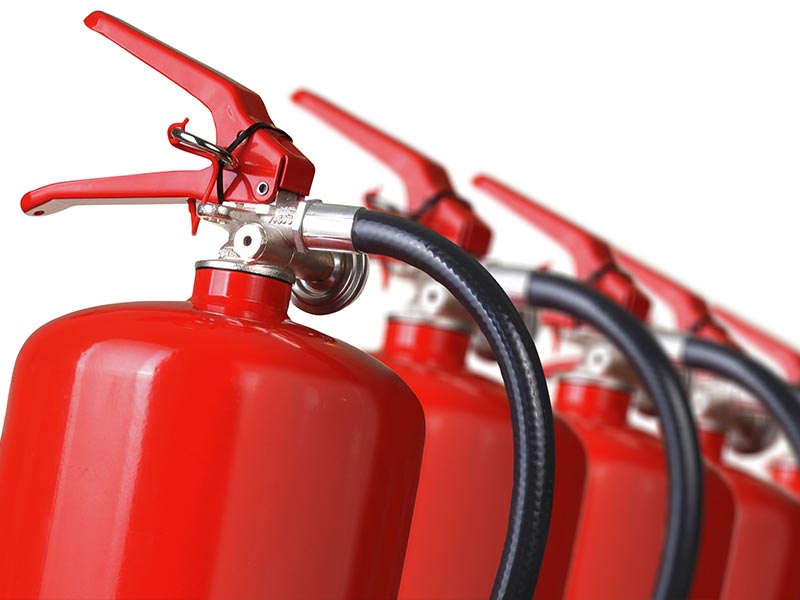The Theory of Fire
Fire is a chemical reaction between heat, oxygen and fuel. Together they make up the fire triangle and these three elements are necessary for any fire to start and survive. If any one is removed, the fire will be extinguished.
Oxygen is all around us, in the air we breathe and the more oxygen a fire gets, the more fiercely it will burn. Fuels are anything that burns, like waste paper, solvents and flammable gases. Sources of heat can be from smoking, electrical heaters and electrical equipment.
Dry powder works by removing the oxygen from the fire triangle and is safe to use on all common types of fires, including electrical. They can leave a lot of mess though, so are not ideal for use in confined areas.
Carbon Dioxide or CO2 gas is great because it’s totally clean and leaves no mess at all. It works by removing the oxygen from the fire and is suitable for Class B, flammable liquid and electrical fires.
There is also Wet Chemical which is a special extinguisher designed specifically for fires involving deep fat fryers.
The Classes of Fire
It may surprise you to know that depending on what’s burning, fires are grouped into different categories, or classes. Here are the five main classes:
Class A is for flammable solids, like wood, paper and fabrics. Class B is for liquids, like solvents, petrol and kerosene. Class C is for flammable gases, like butane and propane. Class E is for electrical fires. Though it’s not really a ‘proper’ class of fire (it’s actually a heat source, not a fuel), it is useful to remind us of the dangers. Class F is a special class just for cooking oil in deep fat fryers (see our Class F Fact Sheet for more information).
Why are all fire extinguishers now red?
In 1985, an EU Directive required all fire extinguishers to be red in color with only a small flash of the old British Standard allowed.
So, Foam will have a small cream flash of color; Dry Powder, blue; Carbon Dioxide, black; Wet Chemical, yellow. This means we now conform to the rest of the EU and the US.
How to choose the right extinguisher for the job
There are four different types of fire extinguishers in common use (we are excluding fire blankets and Wet Chemical extinguishers). Think carefully before tackling even the smallest of fires.
Remember – safety first! Water removes the heat from the fire triangle and is ideal for Class A flammable solids like wood, paper and fabrics. Beware, it conducts electricity and is dangerous to use on flammable liquids like petrol or solvents.
AFFF is a great multipurpose extinguisher ideal for Class A flammable solids and especially effective on Class B flammable liquid fires. It works by forming a special film layer over the top of burning liquid, removing the oxygen from the fire triangle and smothers the flames.
Do we have to replace fire extinguishers because they are not in the new colors?
No. A fire extinguisher does not need to be replaced just because the colour is ‘out of date’. When the extinguisher is no longer serviceable, e.g. due to corrosion, it will be replaced by a new red model.

